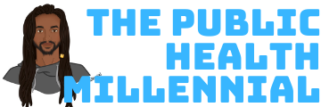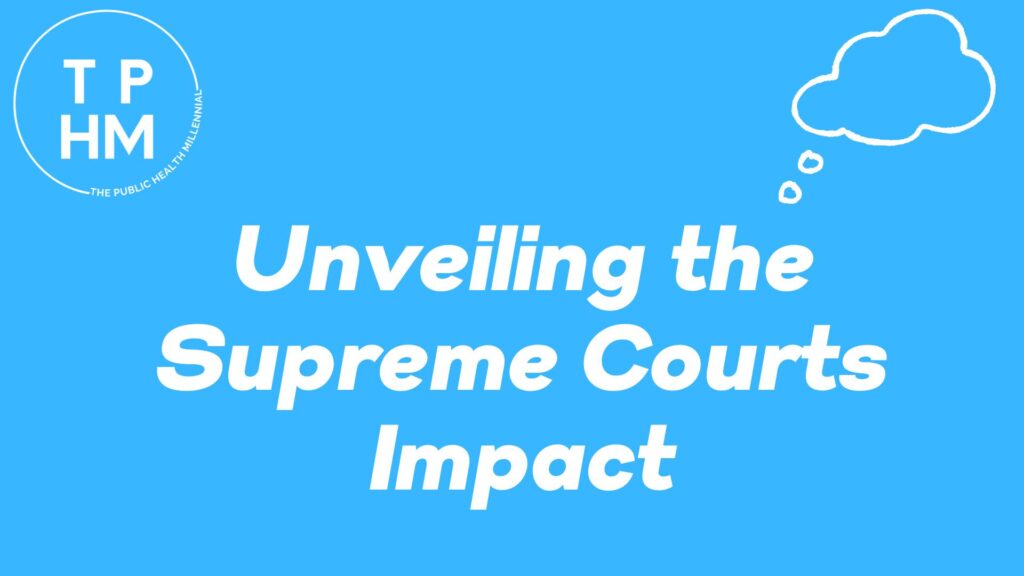We stand in an interesting pivot point for the US. Student Loan Forgiveness and Affirmative Action have suffered significant blows from the Supreme Court. This underscores the uphill battle we face as a country to ensure equitable systems and policies are in place.
(originally shared through our email blasts)
Who are the Supreme Court?
The Supreme Court is the highest court in the land and the only part of the federal judiciary required by the Constitution. It consists of nine Justices, including one Chief Justice. All Justices are nominated by the President, confirmed by the Senate, and hold their offices for life. Lifetime tenure is meant to insulate them from political pressures.
The Court’s decisions are the ultimate judicial authority on matters of federal law.
What happened with Affirmative Action and Student Loan Forgiveness?
The Supreme Court invalidated Affirmative Action and Student Loan Forgiveness. Let’s bring you up to speed with a TLDR:
- Affirmative action is a policy aimed at promoting equal opportunity and increasing representation of historically marginalized groups, particularly in higher education.
- The Supreme Court struck down affirmative action in college admissions, ruling that race cannot be a factor in determining diversity in higher education.
- Banning race-conscious considerations is a significant blow to equity and allows racism to persist.
- President Biden proposed Student Loan Forgiveness during his election campaign, suggesting relief of $10k-$20k for students based on specific circumstances.
- However, the Supreme Court struck down this loan forgiveness plan, citing the government’s need for authorization from Congress to implement such a program.
- Student loan payments will resume as early as October 1st, with some flexibility.
How did we get here?
Unbeknownst to many at the time, the victory of President Trump (and the loss of Hillary Clinton) in 2016 would have a crucial impact on current decisions. Trump’s time in office allowed him to appoint three out of the nine current Supreme Court justices.
The nominated and appointed justices lean conservative, resulting in a Court that now has six conservative-leaning members. The composition and decisions of the Supreme Court have far-reaching consequences for US society at large. This highlights the importance of understanding and engaging in the political process.
Where do we go now?
Though we, as a people, have limited influence over the appointment of new Justices, there are ways we can work towards progress for marginalized populations. Firstly, we must continue the public health work we are engaged in to bring about positive impact and change for the most marginalized communities. Following that, we should actively engage with our communities to create advocates out of everyone.
We need to make it clear that political decisions shape our daily lives more than we care to admit, especially for the most vulnerable populations. Consequently, we must empower advocates who can raise awareness within their communities and organize them to fight for change at the local, state, and federal levels.
As mentioned earlier, the Senate is responsible for confirming Justices. Therefore, it is crucial to vote for Senators who genuinely represent the people they serve. We must also recognize that our votes do matter, from local elections to the Presidential race. The individuals elected at all levels of government play a role in shaping the lives we lead.
_____________
Welcome to Navigating Public Health – sharing the most valuable content on public health, career development, professional growth, health equity, and more! In this newsletter, you’ll get a unique perspective on resources and information to help you best navigate and find your path in public health. If it brings you value, be sure to subscribe and share!
(This newsletter was first released on our email blasts)



